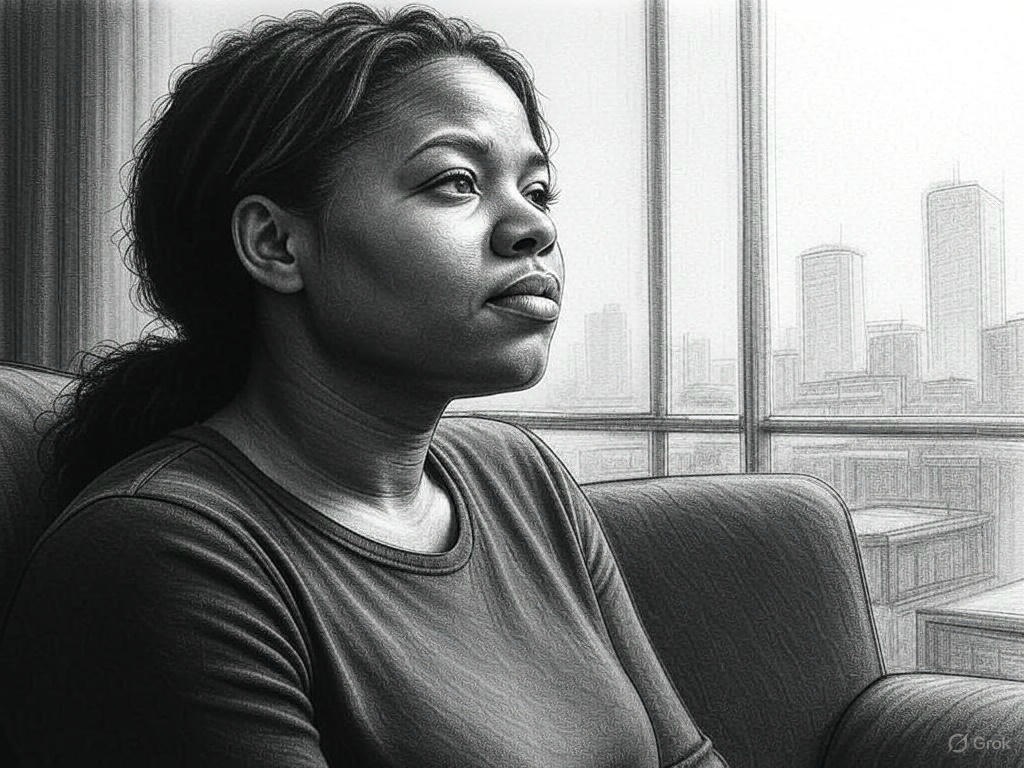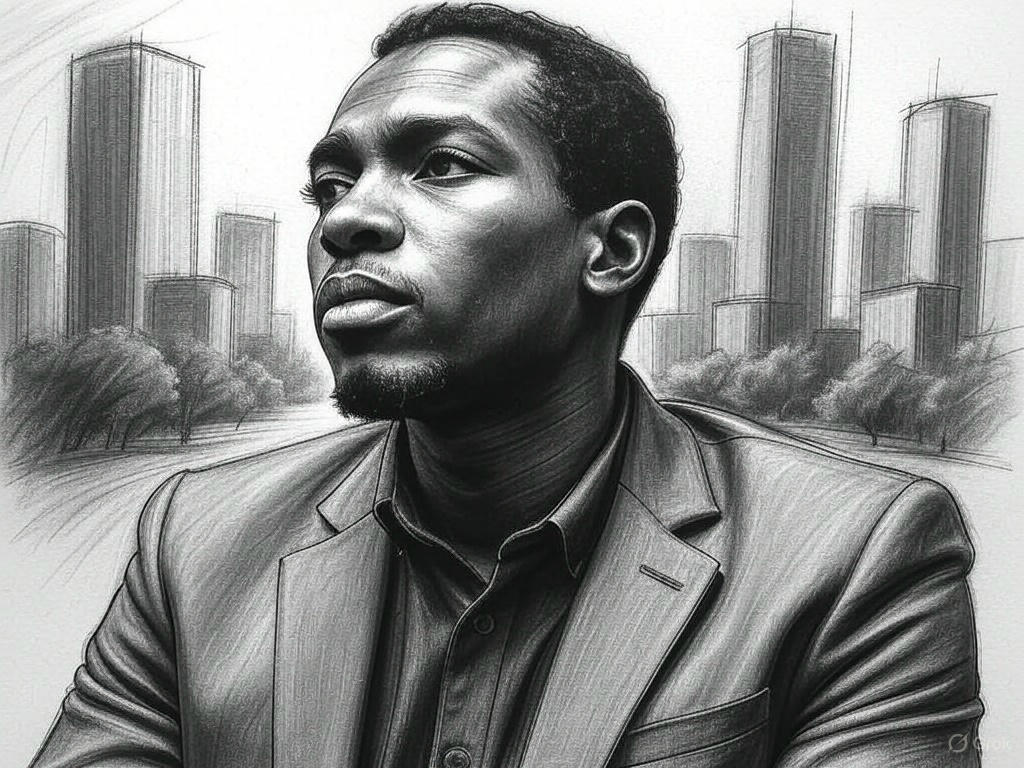

In the quiet corners of our home, where the judgmental eyes of the congregation dare not peer, my stepfather sheds his holy robe, revealing the raw, unfiltered force of his “I.” This is the part of him that is impulsive, erratic, selfish, and utterly devoid of the moral compass he preaches from the pulpit. He is a pastor, an esteemed shepherd of his flock, a man adorned with the outward garb of righteousness. And yet, when the world turns its back, his “Me”, the socially constructed, polished persona, fades like a mist, and what remains is a man of contradictions, a man of deceit, a man of unbearable hypocrisy.
George Herbert Mead’s theory of the self, divided into the “I” and “Me”, rings eerily true in my stepfather’s life. His “Me” is the carefully cultivated mask he wears in public, the one that conforms to the expectations of the church, the one that speaks with grace, advises with wisdom, and prays with fervor. This “Me” is a saint, a man of God, an icon of morality. In the presence of his congregation, he embodies everything that is deemed righteous. He is the embodiment of a shepherd, guiding his lost sheep to salvation. The Bible never leaves his hand, his prayers never falter, and his words are laced with divine authority.
But at home, behind the walls that trap us in his suffocating reality, the “I” emerges, a beast unchained, unhinged, and unbothered by social scrutiny. This “I” is crude, angry, and abusive. This “I” lashes out with words sharper than daggers, tearing through the spirits of those he claims to love. This “I” is a man who abandons his own children, treating them as burdens rather than blessings. This “I” finds comfort in the company of those he publicly condemns, alcoholics, unfaithful men, the same sinners he warns others to stay away from. This “I” sneaks around with young women, feeding his insatiable lust while using scripture as a shield against judgment. This “I” is lazy, selfish, and unrepentant.
The most agonizing part of living with such a man is not just his hypocrisy but the suffocating silence forced upon us. In our Ghanaian culture, a child cannot point out the folly of an elder, no matter how disgraceful their actions may be. We are expected to endure, to respect, to submit. And so, we suffer in silence, drowning in the contradictions of a man who uses the Bible as both a weapon and a shield, twisting its words to justify his transgressions.
How does one reconcile such disparity? How does one sit in a pew on Sunday, listening to a sermon of love and integrity from a man who embodies neither? How does one kneel beside him in prayer, knowing that the same mouth that invokes blessings spews curses within the walls of our home?
It is a cruel existence, living with a man whose “I” and “Me” exist in perpetual conflict. His “Me” thrives under the watchful eyes of his followers, but his “I” reigns when no one is looking. And for those of us who see both sides, who live under the weight of his duplicity, there is no escape, only the endless torment of knowing that the man we suffer under is revered by the world outside.
Hypocrisy is a disease, and our home is its breeding ground. Every day, we watch him don his mask, transform into the man the world loves and respects. But we, the unseen victims of his unchecked “I,” know the truth. We know the darkness that festers beneath his holy facade. And perhaps, one day, the world will see it too.
MYSELF
My world as an introvert is a delicate dance between two forces, the impulsive, untamed “I” and the socially aware, carefully curated “Me.” These two selves exist in a constant push and pull, shaping the way I interact with the world and, more importantly, how I navigate my own internal universe. To the untrained eye, I may appear reserved, quiet, or even indifferent, but beneath the surface lies a mind teeming with thoughts, emotions, and a deep understanding of both solitude and social expectation.
The “I” within me is raw, unfiltered, and entirely personal. It is the part of me that craves solitude like oxygen, finding comfort in the stillness of a quiet room or the pages of a well-worn book. This side of me thrives in introspection, reveling in the depths of deep thoughts, self-reflection, and creative exploration. In my natural habitat, away from the demands of social interaction, I allow myself to fully embrace my quirks, talking to myself, indulging in imaginary conversations, dancing freely in my room with no one to witness, or simply sitting in silence, lost in thought. My “I” is spontaneous, unpredictable, and uninhibited by societal norms. It does not worry about appearances or expectations; it simply exists in its purest, most authentic form.
However, the moment I step into the social sphere, my “Me” takes over. This is the self that understands social norms, the self that plays the role expected of me in school, at work, or in family gatherings. My “Me” forces a polite smile when engaging in small talk, even though small talk feels like a pointless dance of words. I nod in agreement during conversations, even when my mind is miles away, longing for solitude. My “Me” attends social events because society expects it, even when every fibre of my being would rather curl up in the comfort of my own company. It knows how to be charming when necessary, how to structure responses to appear engaged, and how to hide the exhaustion that comes from prolonged interaction. This version of me is not false, it is merely adaptive, a survival mechanism honed through years of navigating a world that often favors the loud and outgoing.
The battle between these two selves is relentless. My “I” whispers that solitude is bliss, that socializing is overrated, that true fulfillment lies in the sanctuary of my own mind. Meanwhile, my “Me” reminds me that connections are important, that sometimes, I must conform, that blending in is often easier than standing out. I live in this duality, constantly shifting between the need for solitude and the necessity of social interaction.
Yet, there is beauty in this balance. My “I” allows me to be introspective, creative, and deeply thoughtful, while my “Me” helps me function in a society that thrives on connection and communication. The key is finding harmony between the two, knowing when to retreat into my world and when to step forward into the one outside. For me, life is not about choosing oneself over the other, it is about learning to embrace both, letting my “I” breathe freely while allowing my “Me” to navigate the world with grace. And in that delicate balance, I find my true essence.
Write-up by: BAABA AFFUL
